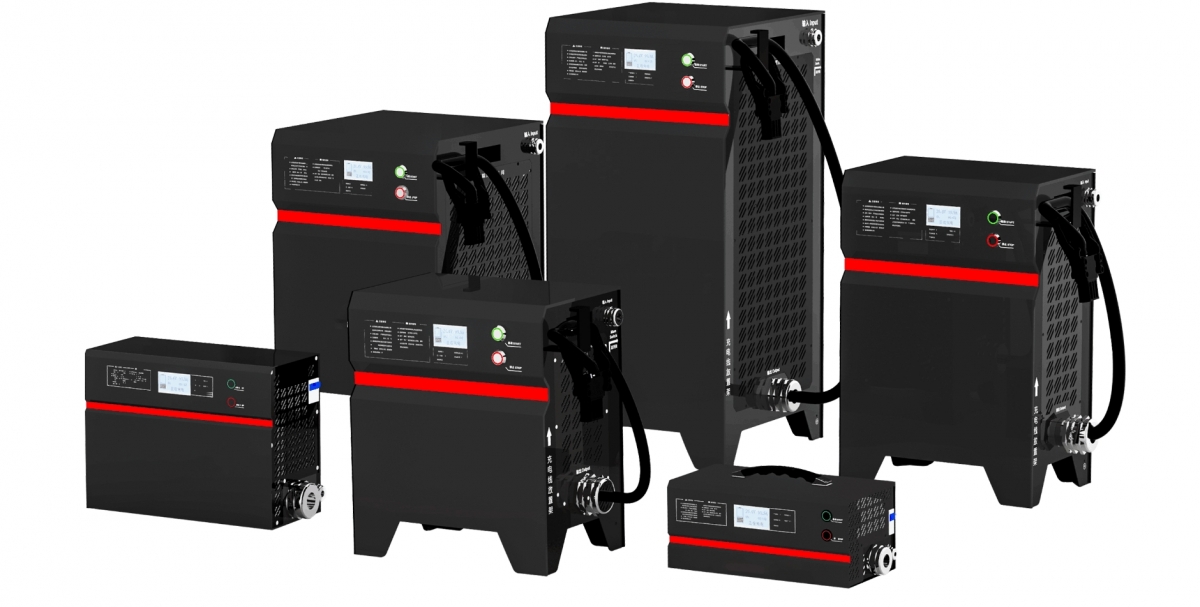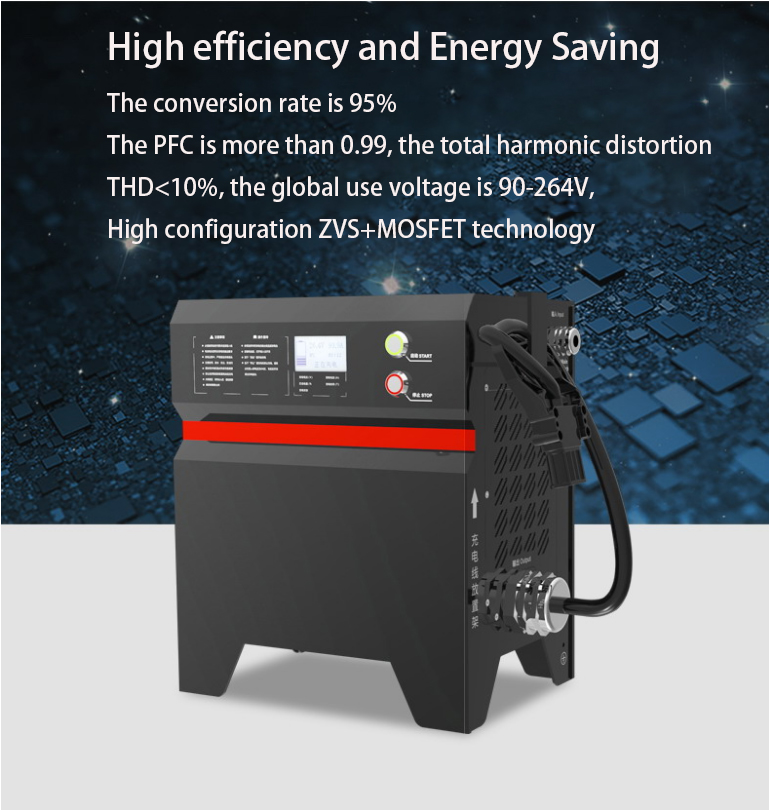- 16
- Nov
The development of fast charging technology
Words like Fast and quick have very subjective meanings. For example, when I went to the doctor earlier than usual, the receptionist said that I arrived early and could see myself soon. Very good, I think I can rush back to work in time to attend a meeting I thought I had missed. Two years ago, I was called into the clinic after reading a book of “People and Cars” and a book of “National Geographic.”
Before I went to see the doctor, I even had time to finish reading the two magazines “Road and Track” published last year. It’s been a long meeting… When I told the receptionist that the appointment time seemed to be longer than I expected, she said it was fast enough. Maybe what I expect is speed, and the result is speed. I think it is really slow.
In an era when nickel-cadmium batteries are essential for most portable electronic products, we have begun to define terms for different charging rates. At the standard charging rate of C/10, the battery takes 12 hours to fully charge. At this speed, the battery can stop working without charging. Then there is the fast charge C/3, which will stop charging for nearly four hours before reaching the maximum capacity. Finally, it takes more than an hour to quickly charge C/2 to C at the speed of C to fully charge the battery. This charging rate is stopped and is usually fully charged before entering the hold-on charging mode.
With lithium batteries becoming a portable charging power source, fast charging is a different good field. Devices increase the challenge of smartphones and tablets. The Samsung NotePro 12.2, the latest tablet I’m considering, is a good example. This tablet uses a 9500mHr battery and a 2A charger. This means that if users are not plugged in all day, they will charge all night. From the discussion to now, I should let the battery run for more than 10 hours to be satisfied.

Going back to the fast charging of these devices, demand determines customer expectations. Words like fast or fast can be used to set expectations. Figure 1 shows the time required to fully charge from different states of charge (soc) at different maximum charging currents. As can be seen from the figure, when using 75% SOC charging, it is not important to use 2A or 3A capacity adapters. It takes more than 1.2 hours to fully charge. This is due to the stable charging voltage. Therefore, if consumers want to charge faster with fast chargers, they will fall into despair.
However, if you do not charge at the beginning, there is about a 20-minute difference between the 2A and 3A charging rates. It’s all about setting expectations. In their paper, Botsford and Szczepanek provided parameters for slow charging, fast charging, fast charging, and fast charging. Although this article is about electric vehicles, it points out the consistent meaning of these terms. In this article, fast is better than fast and slow, and fast is better than fast. This is consistent with other battery charging clauses.
Fast charging is an outstanding feature of the development of lithium batteries
See Figure 1. Compare the maximum charging current and the time required to fully charge under different power conditions
The report cited a directive from the California Air Resources Board (ARB). The order requires the fast charger to have a range of 100 miles after charging for 10 minutes. Of course, this means that the battery can travel more than 100 miles.
We can use the same concept to express the rush or speed of portable devices. For example, we can stipulate that the battery power obtained after a fast charger is charged for 30 minutes should be able to maintain at least 5 hours of equipment operation. This is just an example. Assuming that the fast charging speed is 1C, the battery can support 10 hours of normal operation.
I understand that the benefits of providing fast charging outweigh the difficulties of dealing with actual technical issues. If we cannot set expectations to evaluate the customer’s point of view, quick settlement may not be as valuable as we think. Providing an adapter that is not much larger than the current 10W adapter, coupled with providing twice the power supply at less than twice the cost, will definitely keep us busy. In many cases, customers hope that the device can be charged through the device to obtain more power. In order to solve the heat generation problem caused by charging ultra-thin smartphones and tablets at twice the speed, the conversion power needs to be greatly increased.

